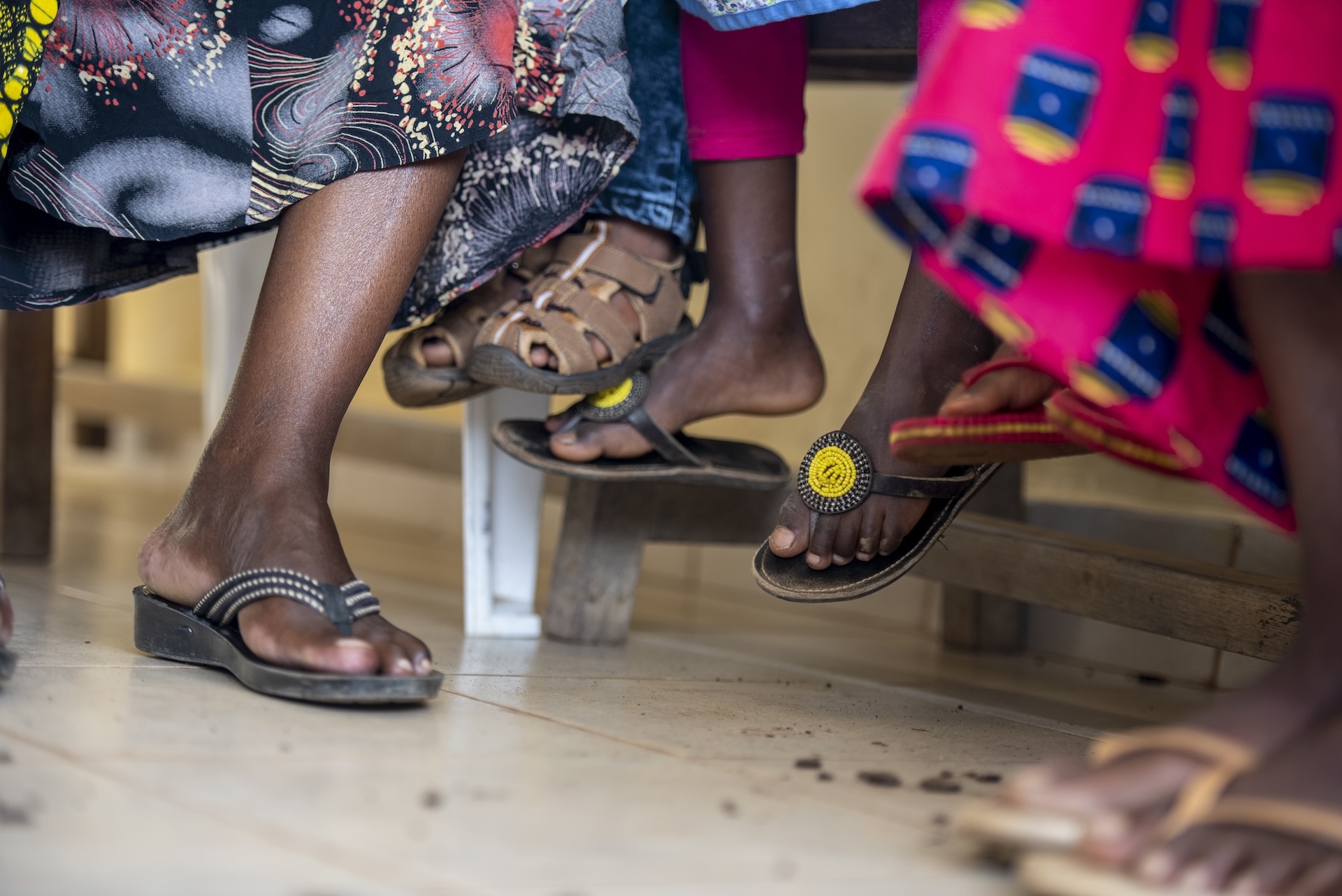As countries work towards the UNAIDS 95-95-95 goals for HIV epidemic control, the third 95 of viral suppression becomes pivotal, especially for children and adolescents living with HIV (CALHIV). An estimated 10-20% of CALHIV have an unsuppressed viral load (VL) on their current first- or second-line antiretroviral
therapy (ART) regimens and are facing the risks of delayed growth and development, and increased rates of comorbidities and HIV resistance. To prevent adverse health outcomes associated with unsuppressed VL, healthcare systems need to promptly identify treatment failure, provide CALHIV tailored enhanced adherence counselling (EAC), and be prepared to transition patients with unsuppressed VL to other antiretroviral drugs when indicated. To improve treatment failure management, it is vital to strengthen healthcare systems and the capacity of healthcare workers (HCWs) to identify, support, and transition eligible CALHIV to new ART regimens.
For the past decade, the New Horizons Collaborative, funded by Johnson & Johnson and supported by the Elizabeth Glaser Pediatric AIDS Foundation (EGPAF), Partnership for Supply Chain Management, and Right to Care, has been working with countries in sub-Saharan Africa to advance high-quality, sustainable pediatric and adolescent care for CALHIV with confirmed treatment failure on first- and second-line ART. The collaborative has done this by implementing activities and training HCWs to provide a holistic approach to meeting the needs of CALHIV with unsuppressed VL on ART. As of 2024, ten countries were members of the collaborative: Cameroon, Eswatini, Kenya, Lesotho, Nigeria, Republic of Congo, Rwanda, Uganda, Zambia, and Zimbabwe.




